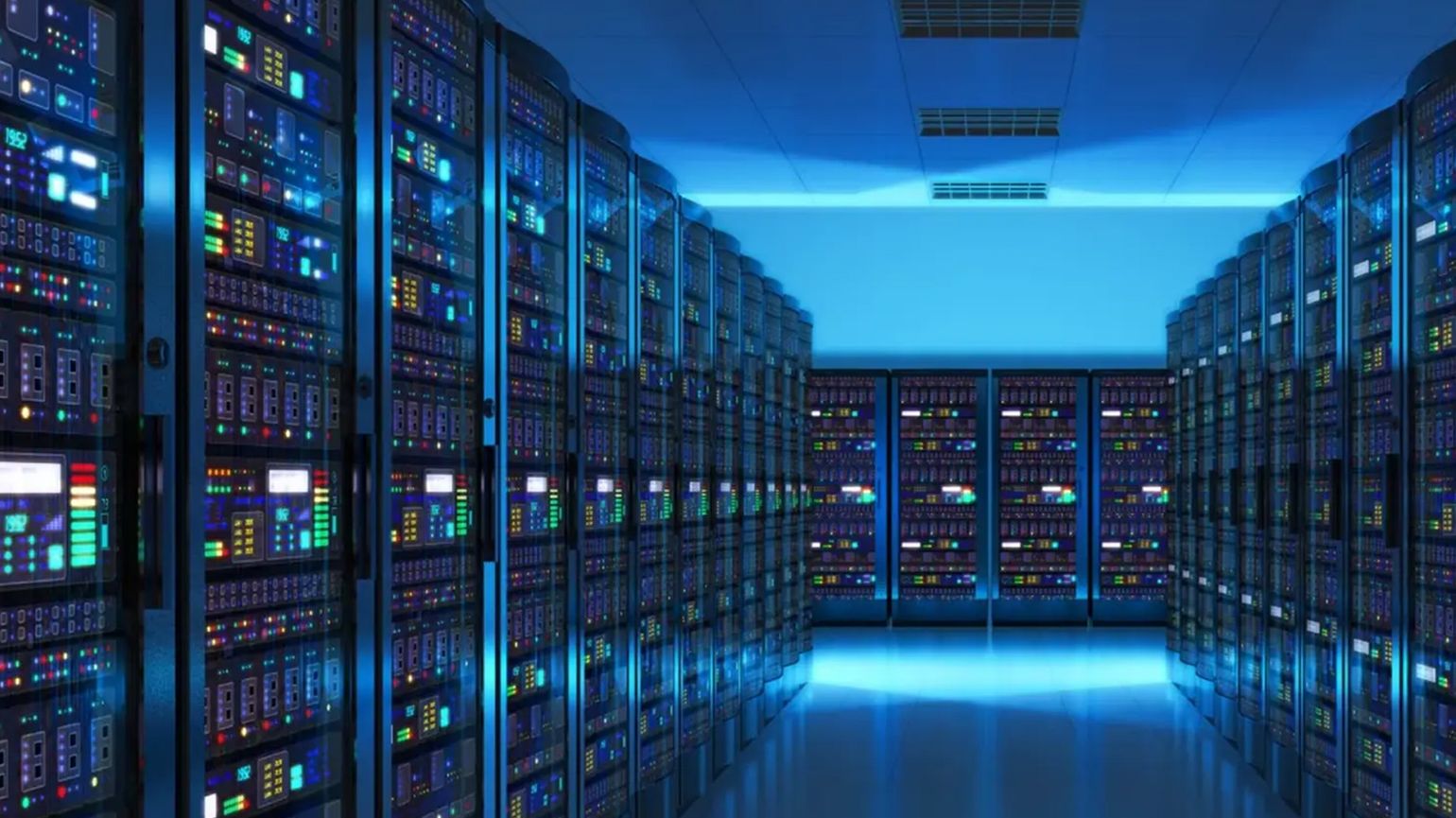What Infrastructure Investors Need to Know About AI: Preparing for the Future


With a boom in real-world applications, the world is quickly adapting to the AI revolution. But what will this innovation mean for infrastructure?
Download your copy of the full EQT Digital Infrastructure report here
- AI's growth is driving massive demand for upgraded digital infrastructure, including data centers and fiber optic networks.
Artificial intelligence (AI) is already creating societal change. The technology promises to transform industries around the world and by extension, the lives of billions. For that to happen, though, the digital infrastructure we currently rely on must be transformed – and fast – so it’s fit to power and run the technology of tomorrow.
ChatGPT has already started to replace search engines (and in some cases, junior staff) for many, churning out lightning-quick responses that create an illusion of streamlined, hyper-efficient systems. Yet for solutions like ChatGPT to churn out fully-formed answers in a matter of seconds, they must be trained on massive datasets, with everything stored on servers across the US. On top of that, data centers and fiber-optic cables must be used in tandem to collect, crunch and transmit answers to our web browsers.
This is just the beginning. As individuals and companies become more reliant on such software, the infrastructure that powers and runs these solutions must adapt – and fast.
““With AI exploding, there is huge demand for data centers that need to be built all over the world to process these bright new applications. We’re still in the early innings of the digital infrastructure that needs to roll out.””

Today’s digital infrastructure is simply not equipped to handle the potential widespread implementation of AI products. International Data Group found that over 100 trillion gigabytes of data were created and consumed in 2022, and this is expected to double by 2025 off the back of gaming, trading, and video-streaming. The internet’s hardware is already straining under this demand – and the AI revolution is only piling on more weight.
The US is a prime example. The country hosts the most data centers in the world: 5,375 last year, according to Statista. Yet, the US still doesn’t have enough fiber routes to transmit that data across the sprawling country. In fact, the Federal Communications Commission estimates that 24% of Americans in rural areas and 1.7% in urban areas still don’t have access to high-speed internet. Now, the US has planned ambitious funding programs that will see over $64 billion poured into broadband networks. That’s a high chance that won’t cover it, though: it will cost $1.2 billion to fully connect Montana alone.
Innovative AI-focused companies need more funding to become faster, widespread, and more agile. That backing is well worth finding, with AI projected to bring $13 trillion to the global economy according to McKinsey. So most likely, the onus will lie on private sector investment: the industry has access to opportunities and investable cash that public markets can only dream of.
Data centers need specific focus. Just look at Ireland: the centers made up 18% of the country’s energy use in 2022, forcing EirGrid – the Irish energy system operator – to freeze new data center connections until 2028. What’s more, data centers don’t just need more power, but also the resources to host higher-power graphics processing units (GPUs) that will evolve in line with AI technology. That ranges from more physical space to cooling systems that can regulate the temperatures of the always-on systems.
EdgeConneX, a data center provider, has tripled its capacity since 2020. The best bit: the company is working with, not against, the planet while it expands, with a plan to be carbon, water, and waste-neutral by 2030. EdgeConneX has projected that it will be fully run on renewable energy by that point, and the provider already produces Environmental, Social and Governance (ESG) reports on operational efficiency and renewable energy usage.
Of course, data centers are running for nothing if we don’t have reliable, high-speed internet connections that can process the data and feed it into AI services around the world. Fiber optic cable networks are faster and more reliable than traditional internet connections, but they still need to be bolstered to support exponentially growing AI traffic. EQT acquired Melita in 2019, and initiatives have included building solar farms and funding a €50 million project to increase broadband speeds across Malta. Melita is setting the precedent when it comes to infrastructure and connectivity, and the potential to scale across Europe and beyond is palpable.
Such work is already making a major impact. 62% of Malta’s FDI investors say the country’s telecoms network is a key reason why overseas funders and companies are attracted to Malta, which is an essential buoy for the economy.

EQT has also invested in Zayo, which provides healthcare organizations with fiber optic connections, facilitating the delivery of on-demand digital healthcare tools. EQT has also backed Voltera, an electric vehicle charging infrastructure firm with ambitions to streamline vehicle software.
That’s just an inch of EQT’s investments in the AI infrastructure sector. After all, the private equity firm believes that without appropriate attention to the technologies underpinning the AI boom, we risk creating a future where the tech has evolved, but the world cannot.
ThinQ is the must-bookmark publication for the thinking investor.



